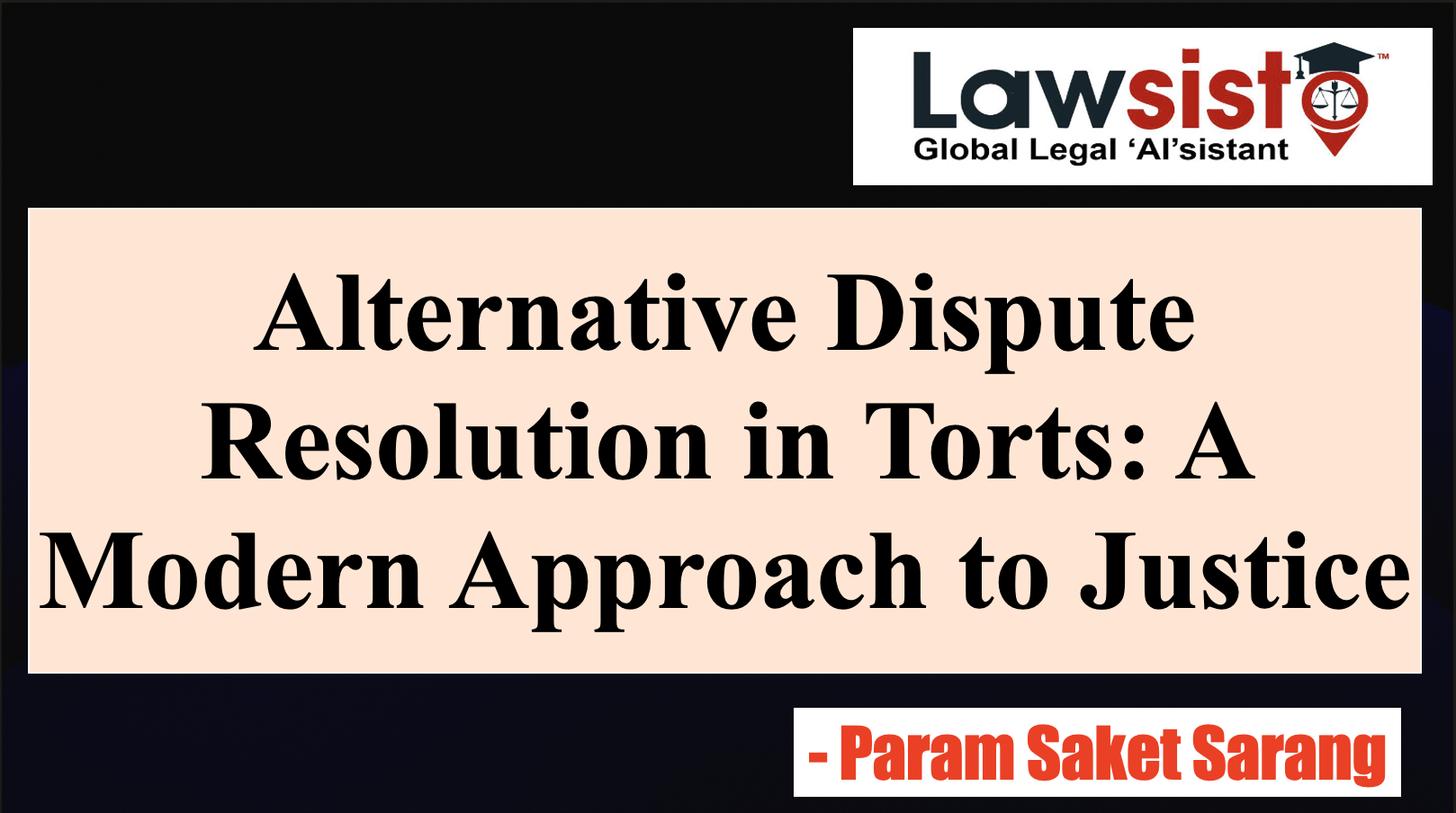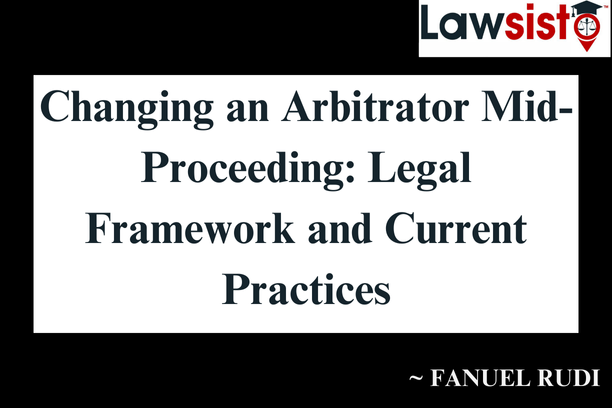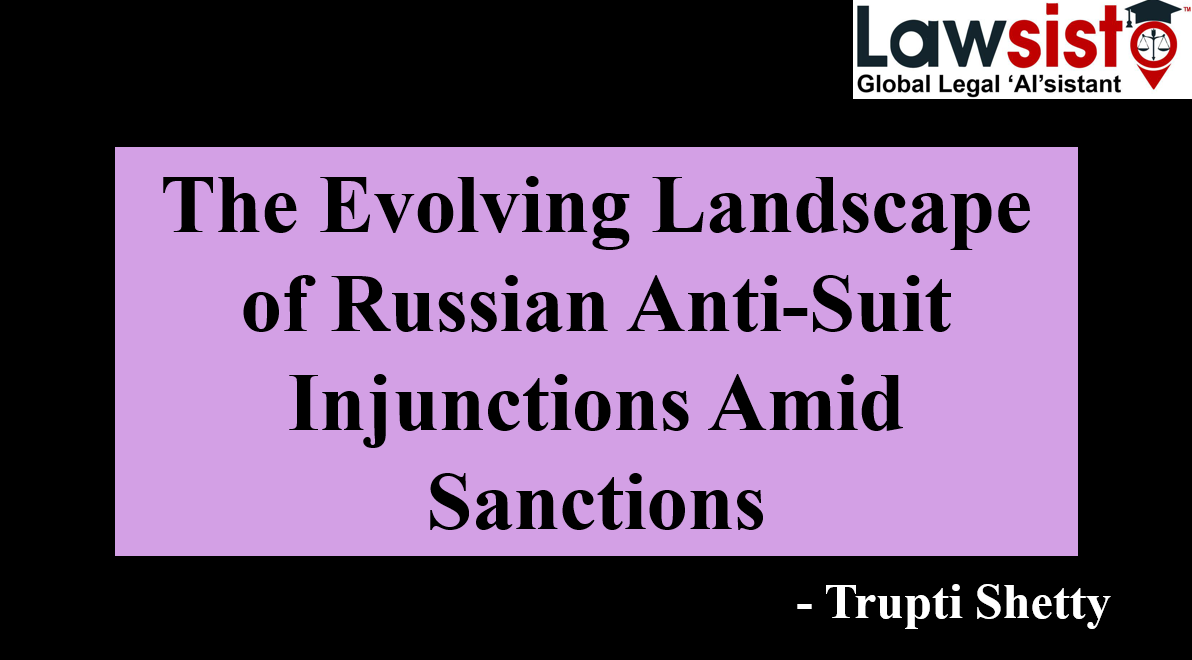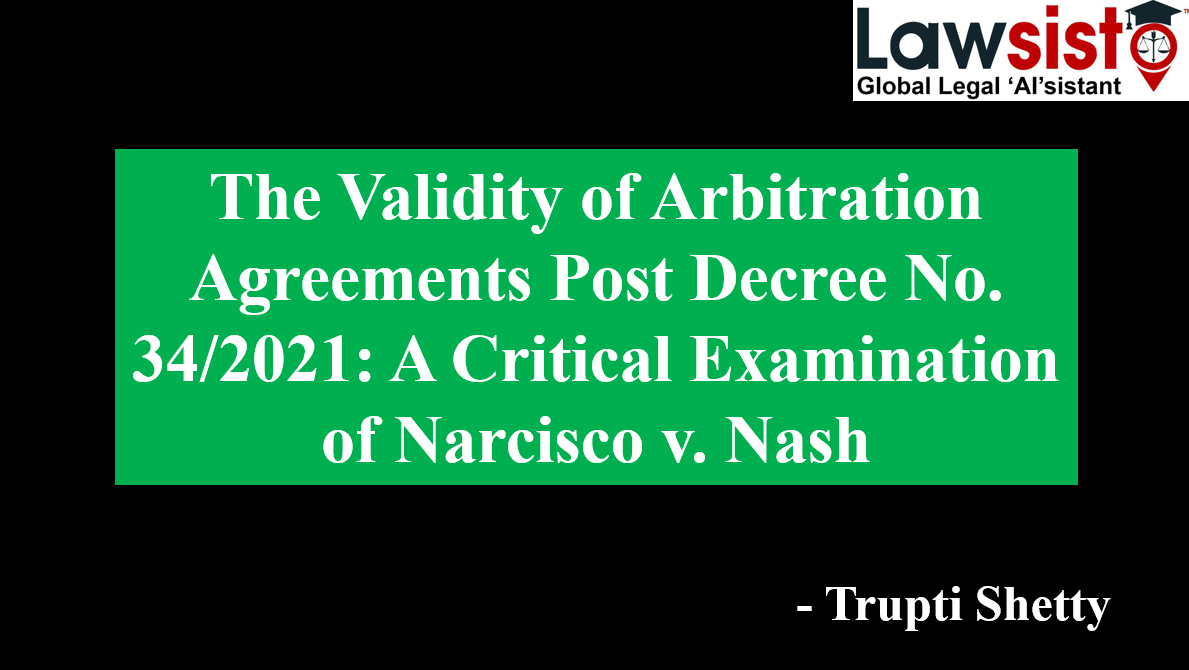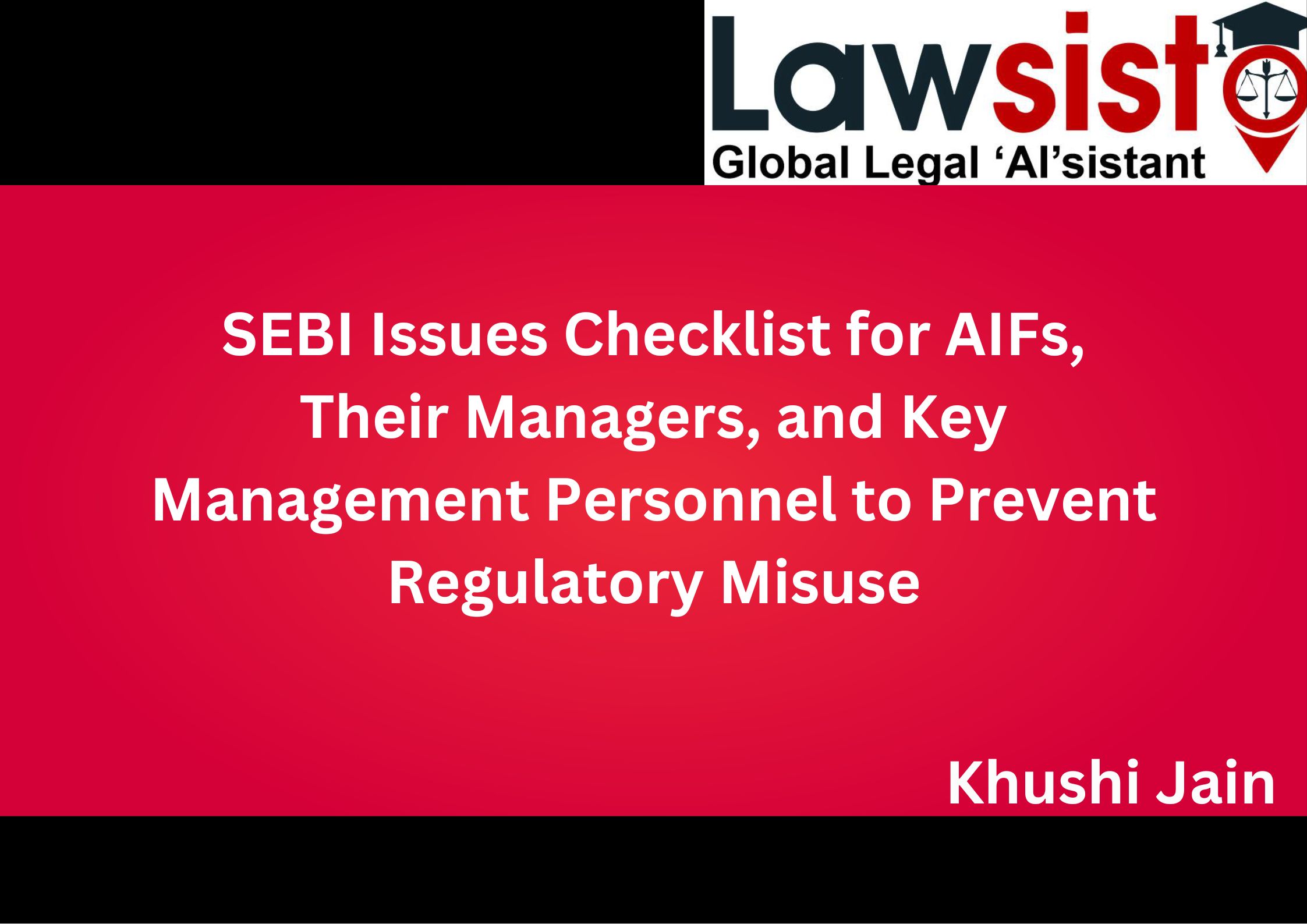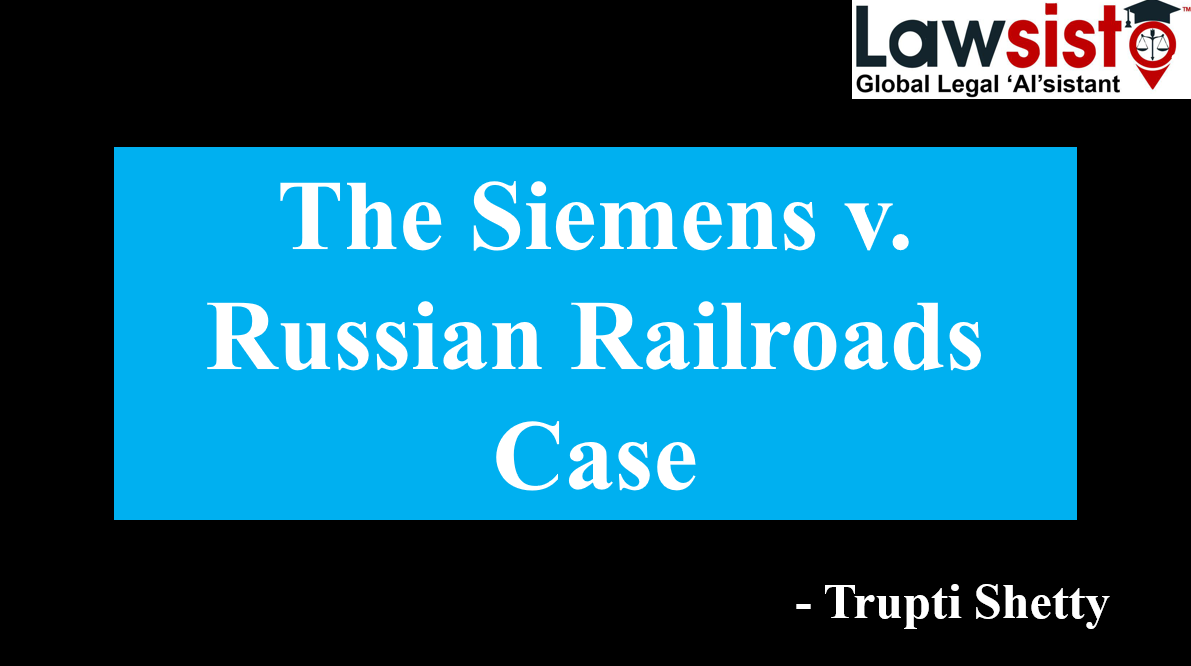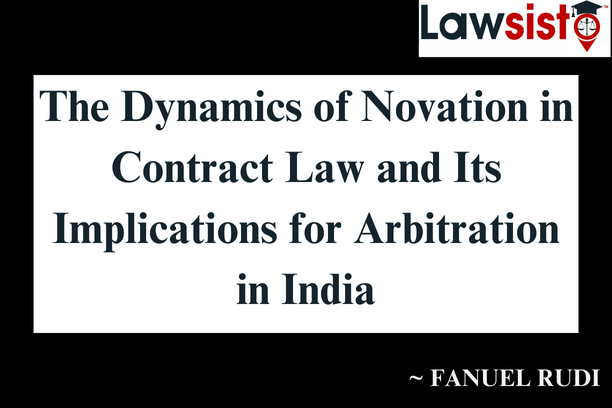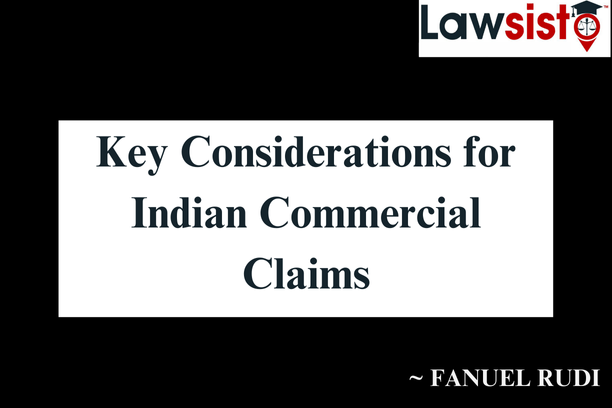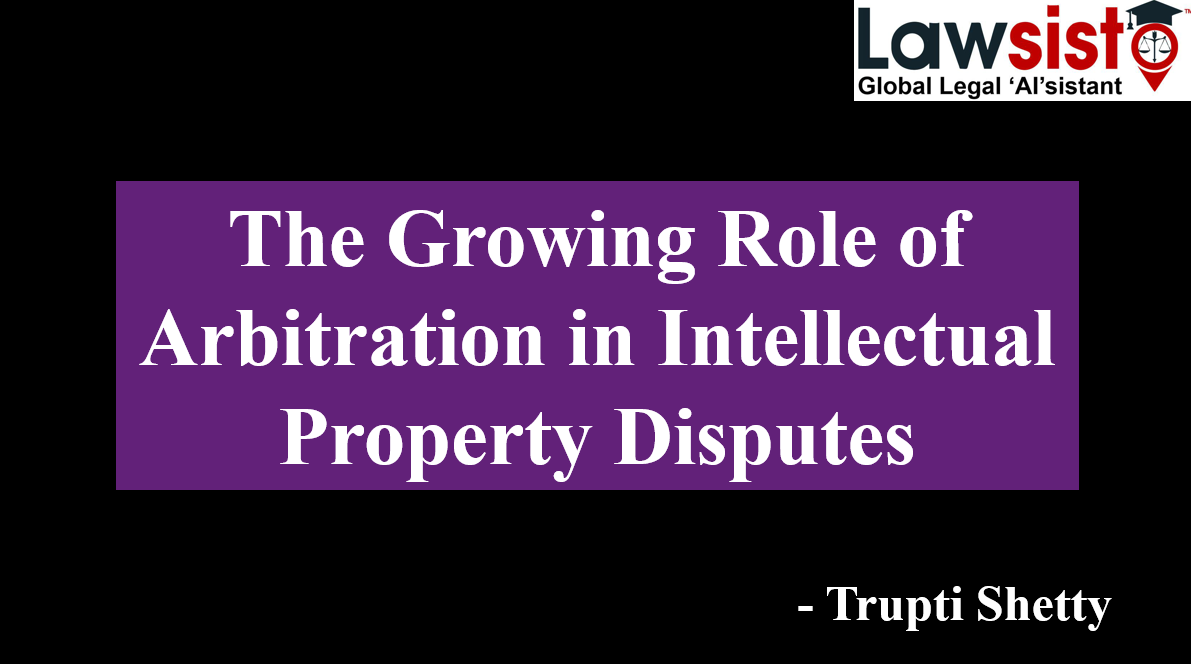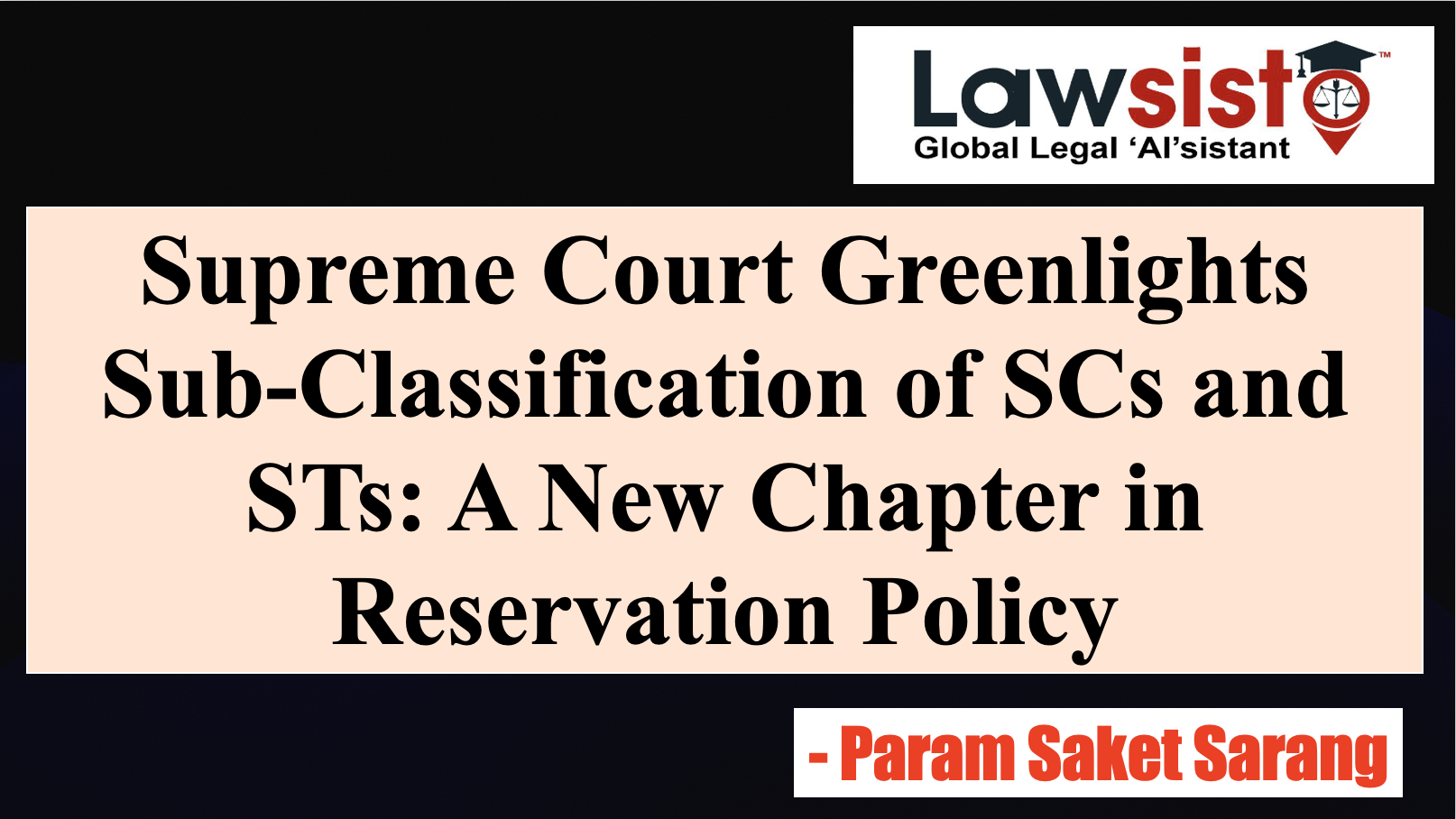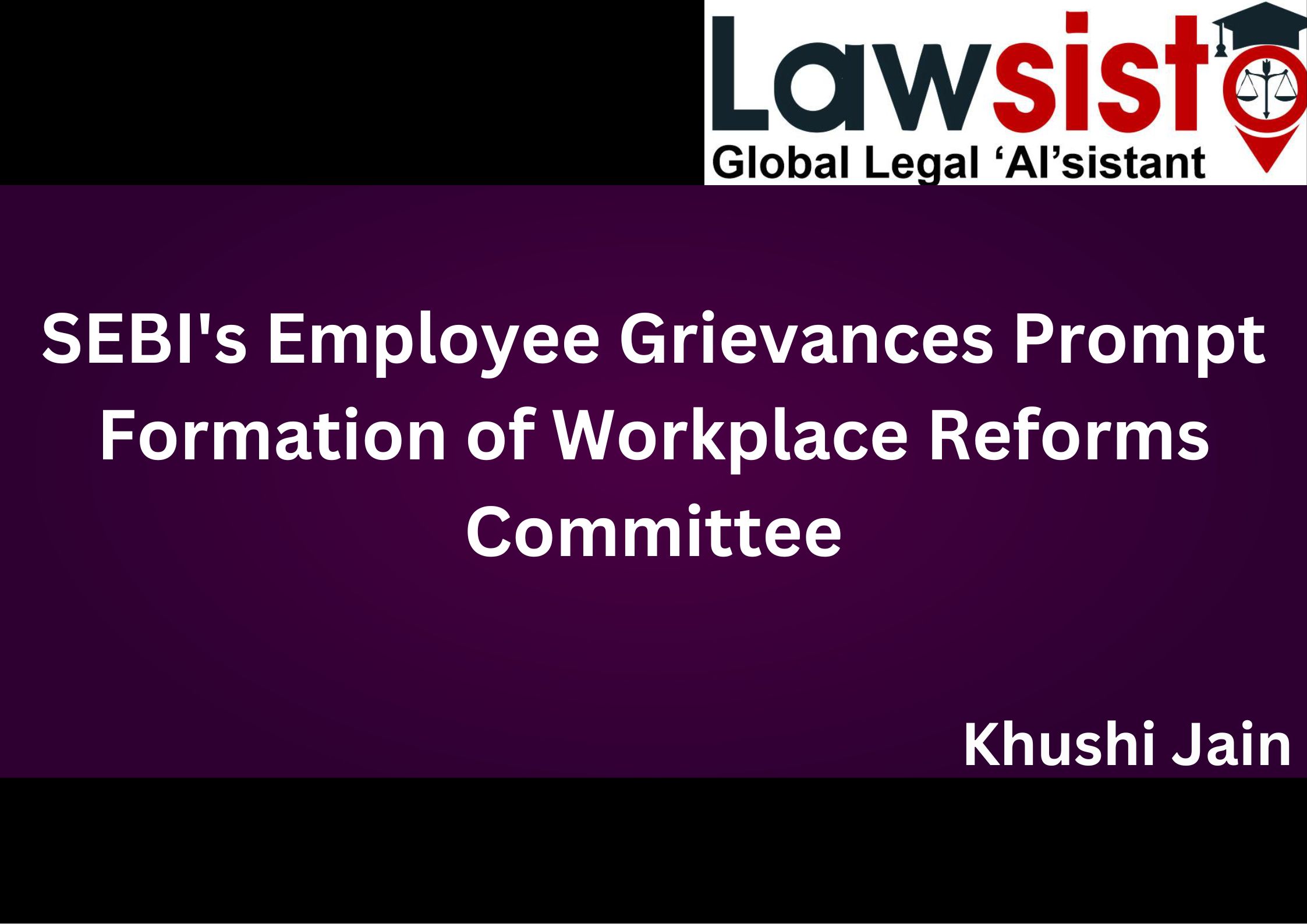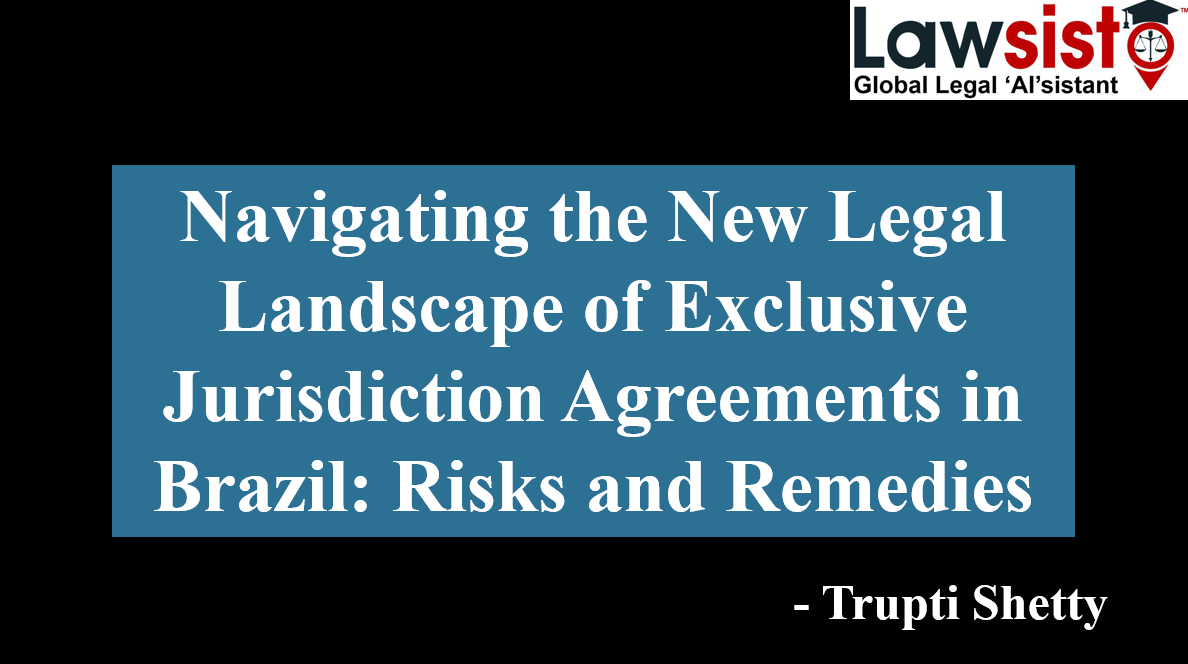Latest News
SEBI Establishes Consistent Evaluation Standards for Stock Exchanges and Other MIIs

Introduction
The Securities and Exchange Board of India (SEBI) has introduced a new framework for evaluating the performance of Market Infrastructure Institutions (MIIs), which include stock exchanges, clearing corporations, and depositories. This move aims to bring consistency and uniformity to the evaluations carried out by independent external agencies appointed by MIIs, ensuring that these essential market entities operate efficiently and transparently. SEBI's new guidelines were outlined in a circular released on September 24, 2024.
Key Features of the New Framework
Under the new framework, SEBI has specified several parameters and weights that independent external agencies must consider when evaluating the performance of MIIs. One of the most significant aspects of the framework is its focus on technological resilience, a crucial factor in maintaining the integrity and smooth operation of MIIs.
- Weightage Distribution: The framework assigns a maximum weightage of 40% to the resilience of technology and processes in the delivery of core functions by MIIs. This heavy emphasis reflects the importance of robust technological infrastructure in the functioning of stock exchanges and other MIIs. Any failure or inefficiency in this area could have widespread implications for the financial market, making it a top priority in the evaluation process.
In contrast, the framework assigns a minimum weightage of 5% to two other parameters: the adequacy of resources and the fair access and treatment of all stakeholders, along with information disclosure. These parameters, while less heavily weighted, are still critical in ensuring that MIIs are equipped to perform their duties effectively and treat all market participants fairly.
- Emphasis on Core Functions and Resource Adequacy: MIIs perform critical functions in the securities market, including managing trading platforms, clearing and settling transactions, and safeguarding the integrity of market data. The framework's emphasis on evaluating the adequacy of resources, though minimal in weightage, ensures that MIIs have the necessary infrastructure, financial resources, and human capital to fulfil their responsibilities.
The focus on fair access to stakeholders and transparent information disclosure also highlights SEBI's commitment to ensuring that all market participants, regardless of their size or influence, are treated equally and have access to vital market information.
Importance of Uniform Evaluations
Currently, while MIIs are required to appoint external agencies to evaluate their performance, the methods and criteria used for these evaluations vary widely. This lack of consistency makes it difficult for SEBI and other stakeholders to get a clear, standardized understanding of how well these institutions are performing.
To address this, SEBI, after consulting with industry standards forums, has developed a new framework to create a more uniform approach. The framework will provide a standardized set of basic minimum standards and principles for external agencies to follow, ensuring that evaluations across all MIIs are consistent in terms of scope and quality.
Frequency of Evaluations
SEBI has established a clear timeline for conducting these evaluations. According to the circular, the first evaluation under the new framework will take place in the fiscal year 2024-25 (FY25), with the report required to be submitted to the MII’s governing board and SEBI must receive the report by September 30, 2025. After this initial evaluation, external evaluations will be conducted every three years.
The circular further states that once an evaluation is completed, the external agency’s report must be submitted within six months of the end of the third fiscal year under review. This ensures that the evaluations are timely and allows SEBI to act on any potential issues or areas for improvement as early as possible.
Process of Appointing an External Agency
To ensure impartiality and transparency, SEBI has also established clear guidelines for how MIIs should appoint external agencies for evaluation purposes.
- No Objection Certificate (NOC): MIIs must first obtain a No Objection Certificate (NOC) from SEBI before appointing an external agency. This ensures that SEBI has oversight over the selection process and can raise concerns if the proposed agency lacks the necessary qualifications or if there are potential conflicts of interest.
- Approval by the Governing Board: Along with SEBI's approval, the MII's governing board must also approve the appointment of the external agency. This approval will cover critical aspects such as the agency’s fees, the timeline for completing the evaluation, and other terms and conditions.
- Conflict of Interest Considerations: The framework also places a strong emphasis on avoiding conflicts of interest. MIIs must ensure that the external agency they appoint has not been involved with the MII during the evaluation period. The agency must also not have been employed or hired by the MII until the report is submitted. This rule ensures that the external evaluation remains objective and unbiased, providing a clear and independent assessment of the MII’s performance.
- Domain Knowledge and Expertise: To qualify for selection, external agencies must have demonstrated expertise in the securities market and a deep understanding of how MIIs operate. This requirement guarantees that the evaluations will be conducted by professionals with the necessary background to assess complex market infrastructure systems accurately.
Implications of the New Framework
The introduction of this uniform framework is expected to have several positive impacts on the functioning of MIIs and the wider market:
- Increased Accountability: By standardizing the evaluation process, SEBI is increasing accountability for MIIs. Stock exchanges, clearing corporations, and depositories play a crucial role in maintaining market stability and ensuring fair and transparent transactions. This new framework will ensure that their performance is rigorously and consistently evaluated, making it easier to identify areas that need improvement.
- Improved Technology and Resource Management: The heavy emphasis on technological resilience and resource adequacy in the evaluation framework reflects SEBI's focus on ensuring that MIIs are well-prepared to handle market volatility and increasing volumes of transactions. This will likely encourage MIIs to invest in upgrading their systems and processes, which will ultimately benefit all market participants.
- Fair Access and Transparency: By requiring MIIs to demonstrate that they provide fair access to all stakeholders and disclose important information transparently, SEBI is reinforcing its commitment to fostering an equitable and inclusive market environment. This ensures that both large institutional investors and smaller retail participants are treated equally, promoting greater trust in the market infrastructure.
Conclusion
SEBI's release of a uniform framework for the evaluation of Market Infrastructure Institutions is a significant step toward ensuring consistency, transparency, and accountability in the functioning of stock exchanges, clearing corporations, and depositories. By standardizing the evaluation process and focusing on key areas such as technological resilience and resource adequacy, SEBI is positioning MIIs to perform their critical roles more effectively. This framework not only strengthens market infrastructure but also contributes to building a more reliable and fair securities market for all stakeholders.

